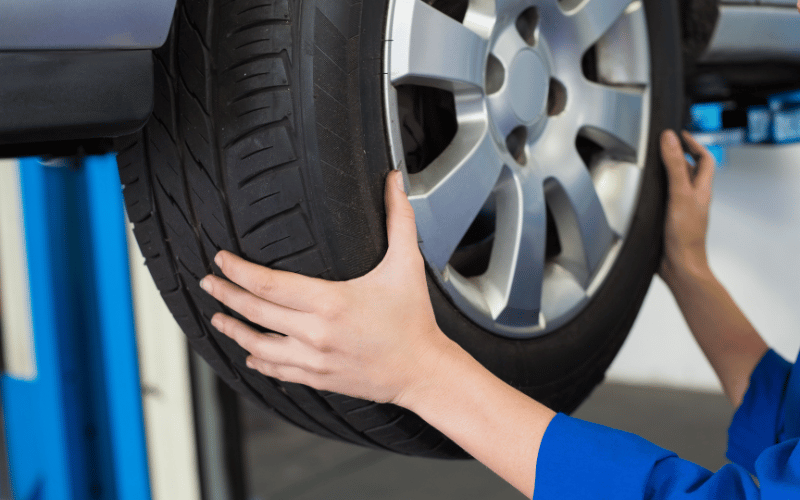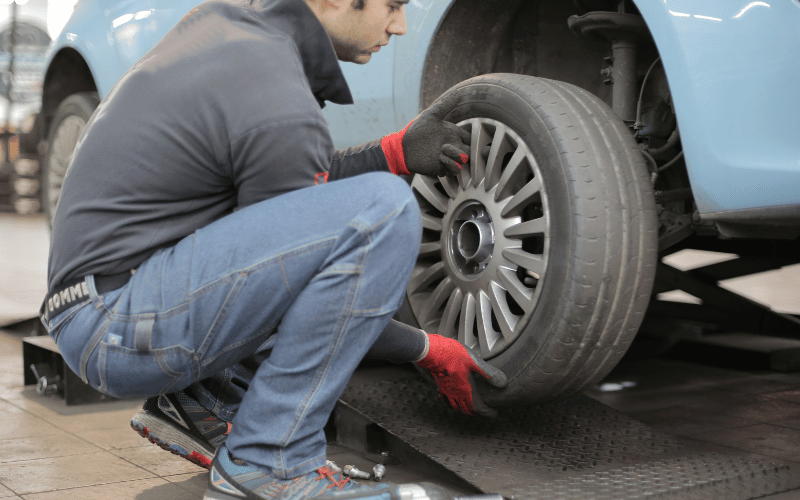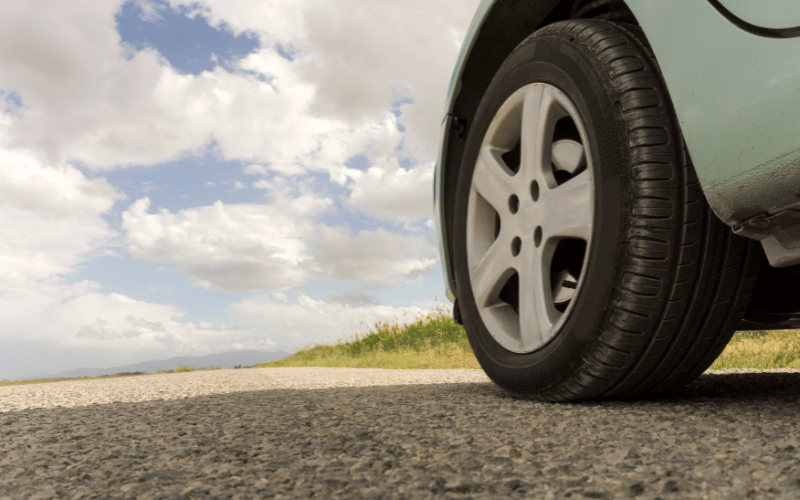About us
Welcome to Motor Matcher! A faster, simpler way to compare, buy and sell cars online.
Your car tyres are responsible for maintaining good grip on the road surface and keeping you safe. So it pays to take a closer look at your car tyres regularly. Are they still in good condition? Or does your car need a new set of tyres?
Regular checks of your vehicle's tyres are easy to do and identifying issues early will prevent you needing to call for roadside assistance for help. Let us guide you through everything that you need to know about selecting the right tyres for your car.
So, let's lighten the load, and talk about some tips to help you when selecting the best tyres for your car. Get yourself a pen and some paper and let’s get started!

There are primarily 2 types of car tyres in the market – tubeless and tube-type. It is typically recommended to consider a tubeless model because they are 5 times easier to fix if you happen to get a puncture. Tubeless tyres also have an added benefit of not requiring alloy wheels to install them.
Another advantage of tubeless tyres is that they have rust-free properties and accompany an anti-rusting coating on the inside.

Car tyres come in various sizes. While the numbering system is uniform, several car makers frequently manufacture their cars with varying tyre sizes.
The size of a tyre can be broken down into 3 different parts – the size of the rim, the width of the tread, and the height of the sidewalls.
We advise choosing a tyre that meets the manufacturer's specifications for size - this is if you don't want to alter the car’s dynamics.
More often, car owners choose tyres with a broader section as this improves the vehicle's stance and expands the tyre's contact patch, which results in better driving performance.

The tread pattern you see on your wheels can actually influence your tyres’ performance, and you must ensure that you select accordingly. Needless to say, there are many types of tread patterns.
Before we dive into different tread variations, let's understand what a tread pattern is.
Tyre patterns are the grooves and crevices that direct the flow of water away from the tyre. Resulting in a lower risk of a car hydroplaning. This means that the vehicle will remain in a controlled state on slicks or flooded roads.
Following are the various tread pattern types:

If you didn't already know, the tyre compound refers to the type of rubber utilised to construct it. The usage of the vehicle affects the tyre compound as it skims the surface.
For an enhanced grip, summer tyres are often built, somewhat of a soft tyre formula. Whereas, a tougher substance and larger blocks provide better grip during winter conditions.
Additionally, they offer more traction when the road might be slick.

When heading out to shop for shiny, new boots for your car, ensure that you are keeping your driving style in mind. If you travel regularly, it is recommended that you purchase a summer set or tyres that have a fairly soft tyre composition. This type of tyre improves driving safety and predictability without sacrificing traction - and it also reduces overall stopping distances.
On the other hand, if city driving is part of your routine, a tougher compound is recommended. Your car is less likely to reach a higher speed in stop-start traffic, and at such speeds, you will have more control over your car.
We hope this blog has helped you to make the right choice of car tyres.
In the market for a new wheel? Head on to www.motormatcher.com.au – your dream car could be waiting for you!